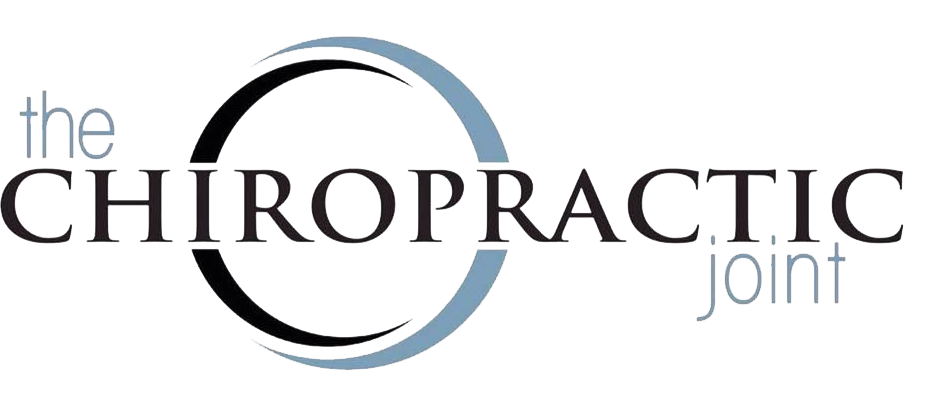Sprain/Strain
Strains are injuries that affect muscles or tendons. Strains are an acute type of injury that results from overstretching or over contraction. Pain, weakness, and muscle spasms are common symptoms experienced after a strain occurs.
When you strain a muscle or a tendon you need to rest, ice it for about 20 minutes every couple hours, and then compress it. Make sure it is elevated.
You should avoid any activities that increase muscle pain or work the affected body part until the pain has significantly gone away.
To help prevent the recurrence of an injury, you must always stretch and do a warm-up exercise if you are going to be engaging in a strenuous exercise. Getting adjusted on a regular basis also helps prevent any re-injuries. You should always:
Avoid injury by daily stretching.
Stretch every time before you exercise.
Establish a warm-up routine prior to engaging in strenuous exercise. []
Start an exercise program in consultation with your doctor.
Sprains are injuries that affect ligaments. They occur in response to a stretch or tear of a ligament. Sprains are an acute type of injury that results from trauma such as a fall or outside force that displaces the surrounding joint from its normal alignment. Sprains can range from a mild ligamentous stretch to a complete tear.
Bruising, swelling, instability, and painful movement are common symptoms experienced after a sprain occurs.
There are four degrees of a sprain which are:
First degree is only a minor tear or stretch of a ligament.
Second degree is a tear of a ligament, which is usually followed by pain or swelling.
Third degree is a complete rupture.
Fourth degree is the most severe and actually breaks the ligament, along with some small bones if it is severe enough- This requires surgery to repair.
Do not use or move your joint in that area until after the first couple of days. Then you can gently begin using the injured area and feel a gradual, progressive improvement.
Use the same protocol as strain for prevention and treatment.


